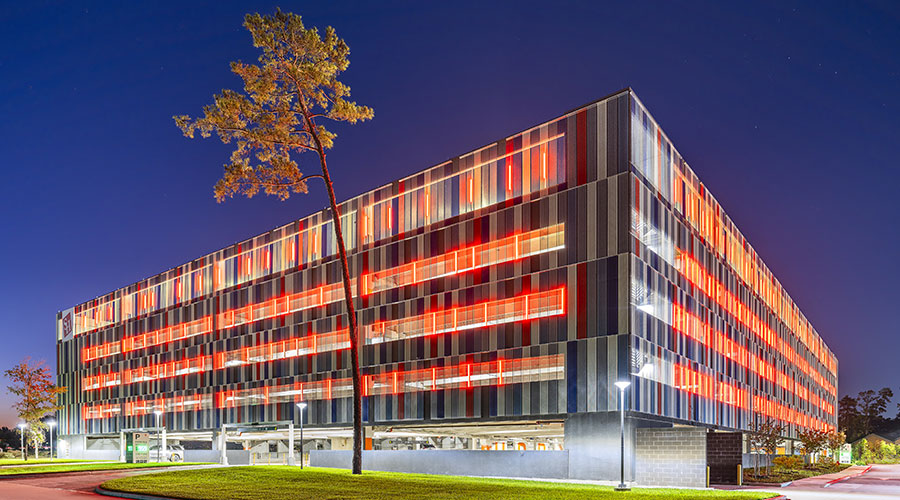How to Take a Close Look at Claims About New Lighting Technologies
Many end users use the EPA Energy Star program as a way to find and choose energy-efficient products. While highly successful in encouraging manufacturers to voluntarily raise the bar on the efficiency of their products, the Energy Star label depends heavily on their honesty. In an August 2010 letter to EPA, Rep. Carolyn Maloney (D-NY) cited a study of Energy Star labeling performed by the Congressional General Accountability Office (GAO). That agency "was able to gain Energy Star approval for 15 out of 20 bogus products that it submitted to the program for approval, including a 'gas-powered alarm clock' that was the size of a small generator. For the vast majority of new products, GAO reported that Energy Star does not verify energy savings reported by manufacturers."
The DOE's Lighting Facts label is a big step up from Energy Star and involves testing lighting devices in independent government-specified labs. The results are shown on the label, which lists a variety of lighting characteristics. At present, however, it is limited to LED lighting and does not list or verify the lifetime of LED lighting devices. It also does not indicate if a given LED device will acceptably replace a non-LED source, as may be claimed by the manufacturer. It remains the responsibility of the user to check the label's data, and test samples of the device, to make that determination.
Comparing the Right Apples and Analyses
Lighting controls vendors often lean heavily on the kWh reductions resulting from their equipment, typically using average cost per kWh power pricing when calculating paybacks. But many facilities pay separately for consumption and peak demand, and their rates may vary with the time-of-use. If a lighting control reduces power use primarily during off-peak hours, it may be saving the cheapest electricity and not reducing peak demand. Even daylighting systems cannot ensure that claimed peak kW savings from dimmed lighting will occur during the building's monthly peak hour (unless linked to a demand management system). True dollar savings may then be significantly lower than developed using an average electric rate.
Without comparison to other ways to achieve comparable ends, even a relatively short payback may not be the best investment. One vendor offered a case study of a pricey dimming system that saved more than half of a facility's lighting kWh. Payback period (after local rebate) was a tad over three years, making it look like a great investment. Reading past the summary, however, the tech data showed that lighting levels had also been cut roughly in half. If a roughly 50 percent drop in foot-candles was indeed acceptable, simply delamping and rewiring the fluorescent ballasts could have achieved the same ends at a much lower cost. While the flexibility of dimming would not be attained, the most expensive kWh and kW would be saved. Cost would be only a fraction of that of the proposed system, yielding a much better return on investment.
Related Topics:














